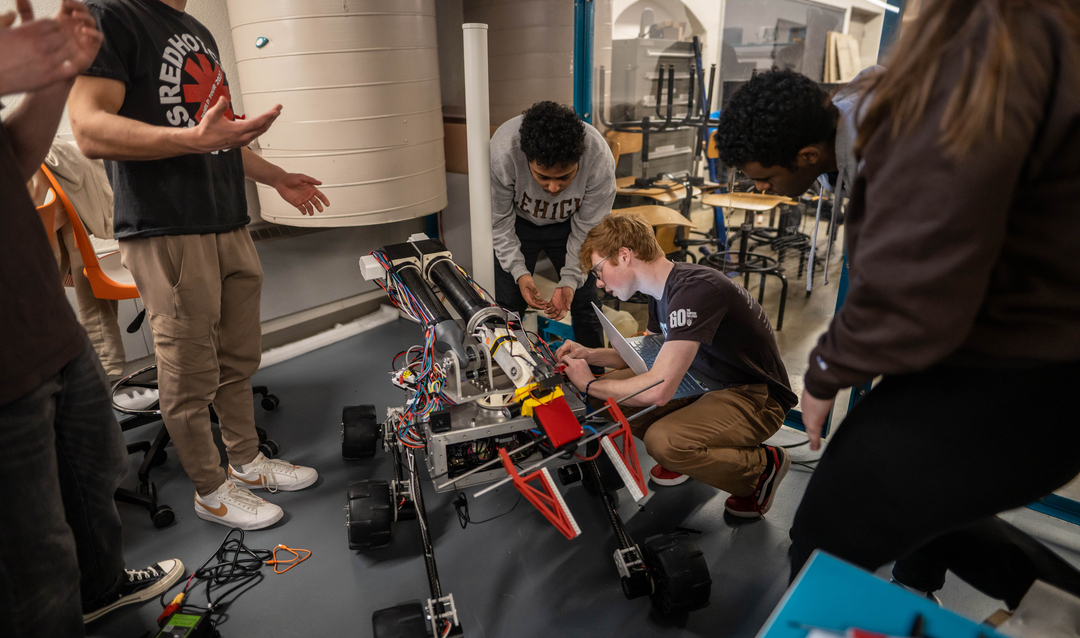In the modern world, technology is advancing at an unprecedented rate, and with it comes new education opportunities. Laser cutting has revolutionized how students learn and express themselves creatively in the classroom, opening up a whole new range of possibilities.
From designing intricate models to creating stunning works of art, laser cutting provides teachers and students alike with exciting tools that help ignite creativity. This article will explore how laser cutting can be used to inspire learning and creative expression in the classroom, helping today’s learners become tomorrow’s innovators.
Introducing Laser Cutting to Education

Introducing laser cutting to the classroom has the potential to revolutionize education by igniting creativity in students. By providing a powerful tool for students to create, design, and build projects of their imagination, laser cutting can help foster an environment that encourages innovation and exploration.
With this technology, teachers can lead their classes through engaging activities that explore topics ranging from engineering principles to art history. Coupled with a wide variety of materials available for cutting and engraving, such as wood, paper board, acrylics, and textiles; students are allowed to build models or prototype designs that would otherwise be impossible without access to manufacturing equipment.
Furthermore, teachers may also use laser cutters as an effective way of introducing new concepts while stimulating student interest in STEM (science, technology engineering math) disciplines. By using this powerful educational tool within classrooms across all levels of education – from elementary schools through universities – educators have an unprecedented opportunity to open creative minds and inspire generations of innovators ahead!
Exploring the Benefits of Laser Cutting in the Classroom
Laser cutting is rapidly becoming one of the most popular tools for creative endeavors in classrooms across the world. This modern technology allows students to cut intricate shapes and sizes from a variety of materials with precision, enabling them to explore their creativity like never before.
But what are some of the key benefits that this tool can bring to an educational setting? One major benefit of laser cutting in the classroom is its ability to unlock students’ innovative potential. Students can experiment with new designs and ideas without having to worry about making mistakes or wasting materials, allowing them greater freedom when it comes to finding solutions for problems or creating something unique and special.
Additionally, laser-cut projects often require a great deal of concentration and attention to detail; as such they provide excellent opportunities for teaching problem-solving skills while also giving students an enjoyable experience. Another advantage that laser cutting brings is its flexibility – there are virtually no limits when it comes to design possibilities! With lasers capable of engraving complex patterns onto various surfaces, teachers have access to limitless resources which allow them to give their classes more options when working on tasks or presentations related to any subject matter they might be studying at any given time.
Engaging Students with Creative Projects Using Laser Cutters

Laser cutters are a revolutionary tool for educators who wish to promote creative expression in their students. By providing the technology and resources necessary for students to bring their ideas to life, teachers can ignite their creativity while introducing them to real-world engineering applications.
With laser cutters, classrooms become workshops where students can explore the possibilities of design, fabrication, and prototyping with ease. Through this process, not only do they gain confidence in problem-solving but also develop a greater appreciation for innovation and risk-taking.
Moreover, these projects often spark an interest in STEM fields that will benefit them now and into the future. Such creative projects provide an exciting opportunity for educators to engage students in a meaningful learning experience that goes beyond traditional methods like lectures and textbooks.
Conclusion
The use of laser cutting in the educational setting is proving to be a revolutionizing force. Not only does it bring an element of creativity and innovation to learning, but it also encourages collaboration between students and teachers.
Additionally, laser cutting can open up a wide variety of new possibilities for creating projects that were not possible before. Moreover, the benefits of laser cutting technology are immense; from increased productivity and accuracy to improved safety when working with hazardous materials or sharp objects. Laser cutting has become an invaluable tool for educators everywhere as they strive to create engaging learning experiences for their students.


